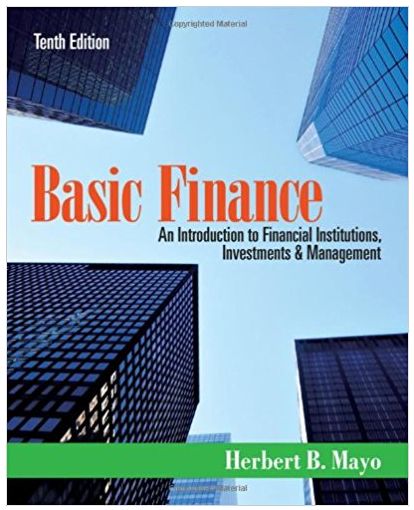Question
In the last ten years, the average annual return on the ISE100 stocks has been 25% with a standard deviation of 40%. The risk free
In the last ten years, the average annual return on the ISE100 stocks has been 25% with a standard deviation of 40%. The risk free rate in the same period averaged 15%. What is the optimal allocation to a well diversified portfolio of stocks for an investor with a risk aversion coefficient of 3.5?
For the same risky portfolio as in the previous example, suppose the rates that apply for borrowing and lending at the risk free rate are different. Specifically, you earn 7% when you invest at the risk free rate and charged 9% when you borrow at the risk free rate. What does the CAL look like in this case?
Step by Step Solution
There are 3 Steps involved in it
Step: 1

Get Instant Access to Expert-Tailored Solutions
See step-by-step solutions with expert insights and AI powered tools for academic success
Step: 2

Step: 3

Ace Your Homework with AI
Get the answers you need in no time with our AI-driven, step-by-step assistance
Get Started


